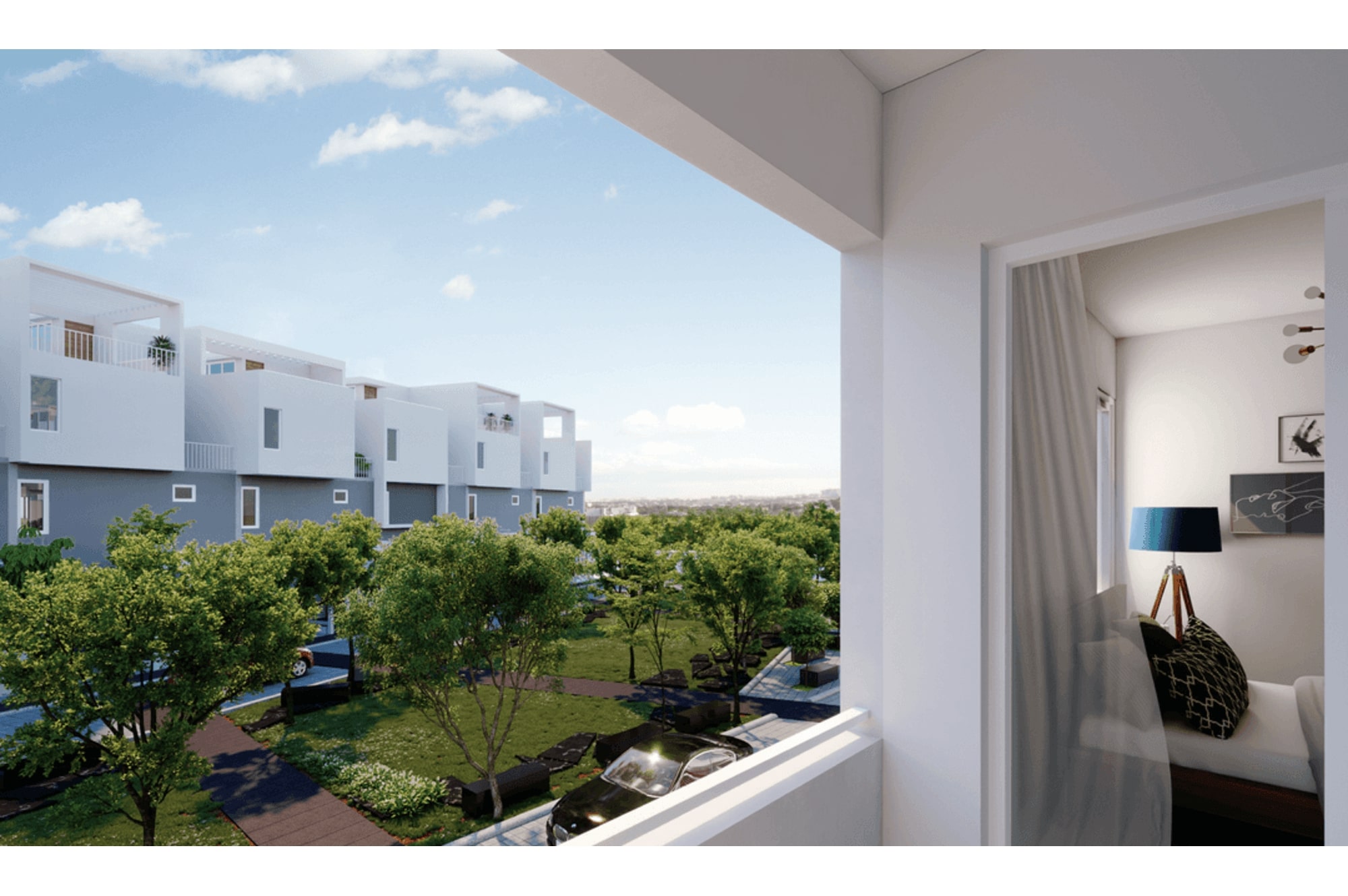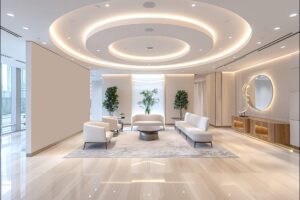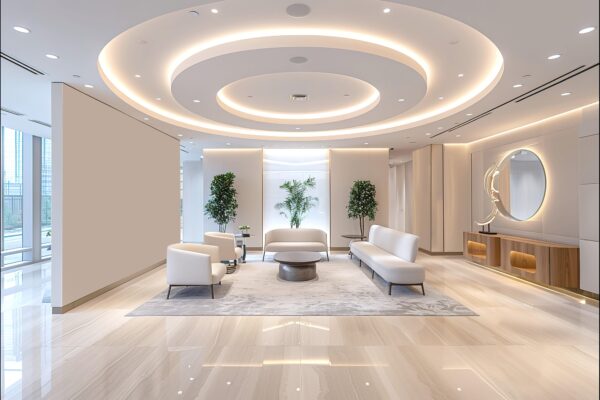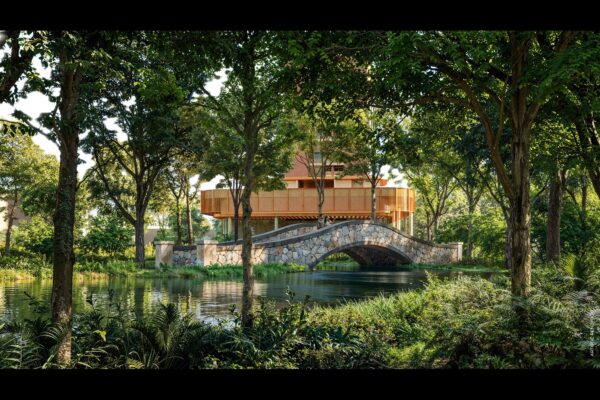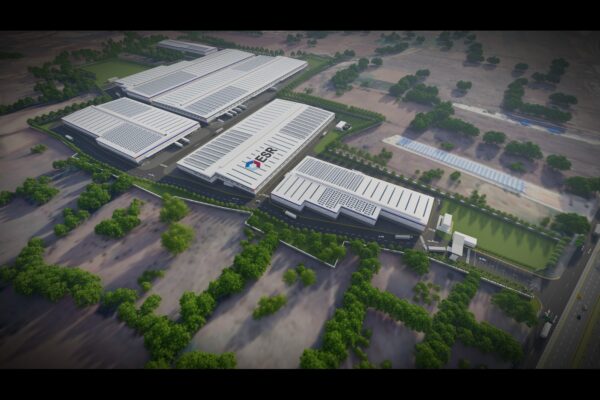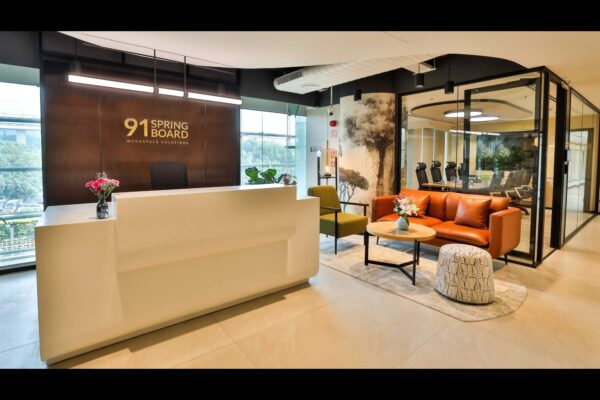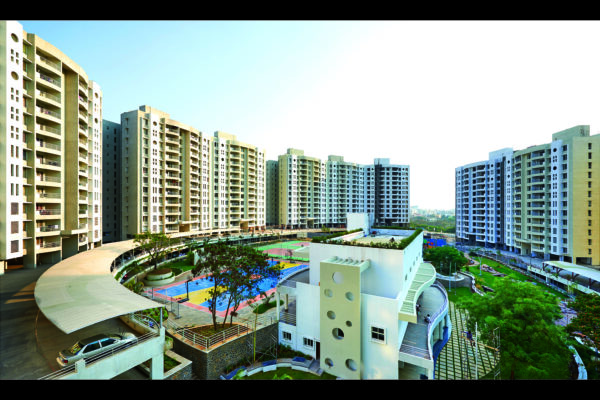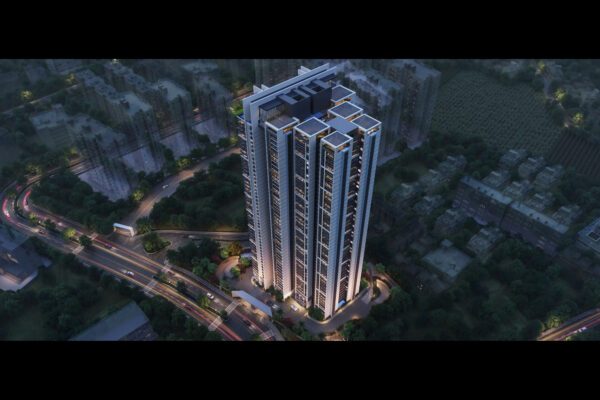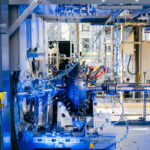The New ‘Green Collar’: Why urban professionals are choosing homes that heal
by Kiran Venugopal, CEO & Founder, Bricks and Milestones
The Indian real estate sector is undergoing radical changes as after decades of worrying primarily about location, size and traditional freedoms, homebuyers, especially city professionals, are now demanding new definitions of what a home should be. This evolution has given way to what is being called the “Green Collar” employee: a class of buyers whose concern for health, sustainability, and mental balance are major parts of their choice in buying housing.
In tech cities such as Bangalore, where hybrid working models and increasing burnout among professionals have concentrated demand for homes that can double as both work space and wellness retreat. The traditional home buying list — proximity to financial districts, normal fixtures such as gyms and clubhouses — is replaced by criteria that focus on mental health, environmental quality, and sustainable living.
Defining the Green Collar professional
The Green Collar professional signifies a shift in the socioeconomic structure of urban India. These are the typical knowledge workers, entrepreneurs and creative people who, having endured the stress of vastly expanding cities and two-tone work environments, now look to their living and work space as being critical infrastructure for both productivity and well-being.
Standing out from former generations of home buyers, Green Collar professionals are willing to compromise traditional conveniences in exchange for features that protect their mental well-being. They seek homes which provide everyday calmness, emotional regeneration and environments suitable for both concentrated work and mindfully lived life.
Key features driving demand
Natural light and biophilic design: Homes that maximise natural light and make use of nature are now all the rage. By incorporating biophilic elements such as indoor plants, natural materials and water features, designers fulfil deep, biological needs and produce measurable health benefits.
Acoustically healthy living: Noise insulation has transformed from luxury to necessity. Noise pollution disrupts focus and decreases mental clarity. Sound architecture or “silent architecture” is therefore a must for a home that has to function as both a living and a working space.
Mindful layouts: Demand is high for open, flowing interiors that help reduce anxiety and bring peace of mind. Flexible floor plans that can include dedicated home offices, areas for meditation and activity zones for different purposes show the need for homes that adapt to lifestyles which are at once traditional yet seismic.
Air & water quality: Advanced filtration systems that minimise both allergens and pollutants are on the way from being premium features bundled into new homes to their clean and available as standard. This means not only good health but also the peace of mind to feel secure in their environment.
The anti-traditional amenity approach
Most significantly, today’s wellness-focused buyers are turning their backs on traditional leisure amenities. In place of the elaborate clubhouses and gyms that used to be features of housing projects with recreational facilities, they prefer meditation rooms, silent rest gardens, yoga rooms, wellness areas which support regeneration of the mind rather than mere physical exercise.
This change indicates a more thorough understanding of health, one which takes into account the importance of holistic well-being of mental health as well as physical fitness.
Remote work as a catalyst
Another reason that these trends have been exacerbated significantly is the rise of hybrid work models. Over 70% of Indian homebuyers now think that having a private home office is necessary. And for many buyers, that means much more than just space. They want an environment that fits their well-being properly, with good lighting and isolation from external noise, and the ability to create boundaries between work and home life within one space.
These trends are also influencing location preferences. Rather than trying to live as close as possible to the city centre, people are now choosing less crowded suburban areas with better air quality and a more relaxed environment that is more conducive to concentration and creativity.
Investment perspective and market dynamics
From an investment standpoint, developers who see and respond to these trends are putting themselves strategically ahead in a competitive market. Projects which use sustainable materials, wellness amenities and biophilic design principles are gaining rapid acceptance from discriminating homebuyers who are prepared to pay a premium for their well-being needs.
The broader implications
More than just a property trend, the Green Collar movement is a wider cultural movement towards valuing quality of life over traditional status symbols. This trend also changes not only what homes look like, but also how communities are built, what design principles have to be followed and finally, which type of relationship can be expected between your allotment and health.
With the pandemic making hybrid work ingrained in professional culture and awareness of mental health only growing, the trend toward wellness-first homes will more than likely intensify. The real estate industry should be best positioned by meeting the needs of future lifestyle value and green profits.
The rise of new Green Collar professionals ultimately recognizes that for us human beings, our homes are not merely shelters – they are also environments that can make or break our health, productivity and overall life satisfaction. In an increasingly complex and stressful world, choosing to prioritise homes that heal is both a personal and a societal evolution towards more viable ways of living.
Tags

